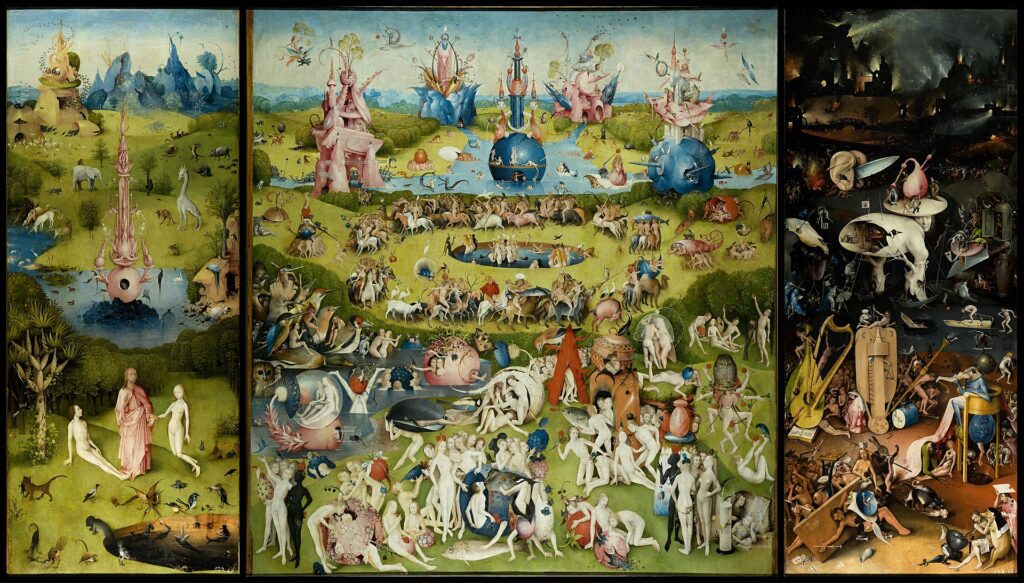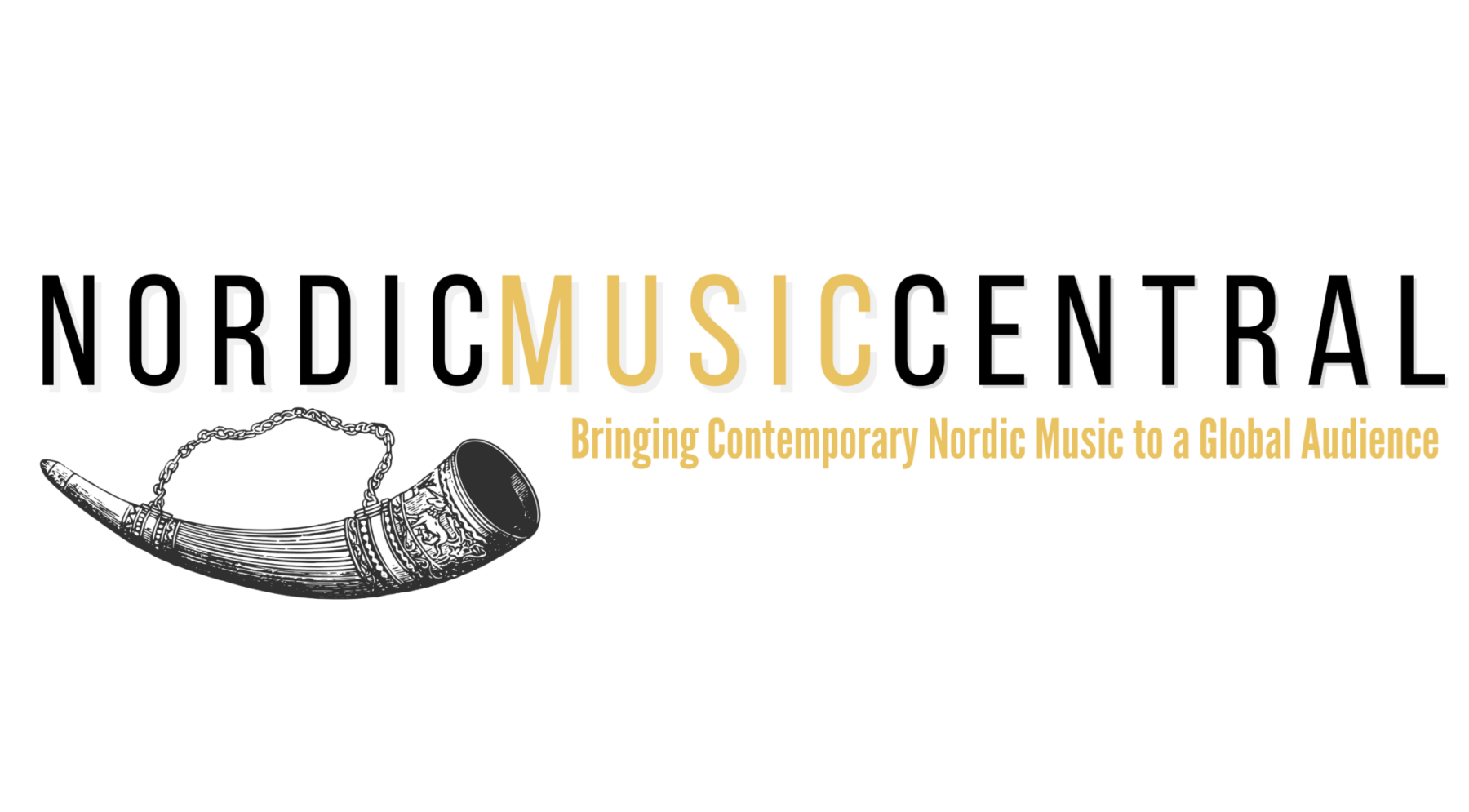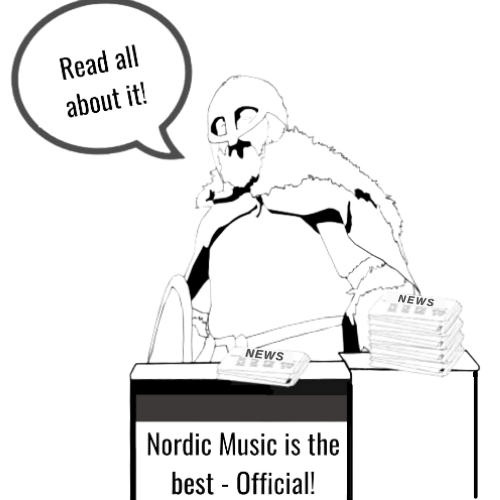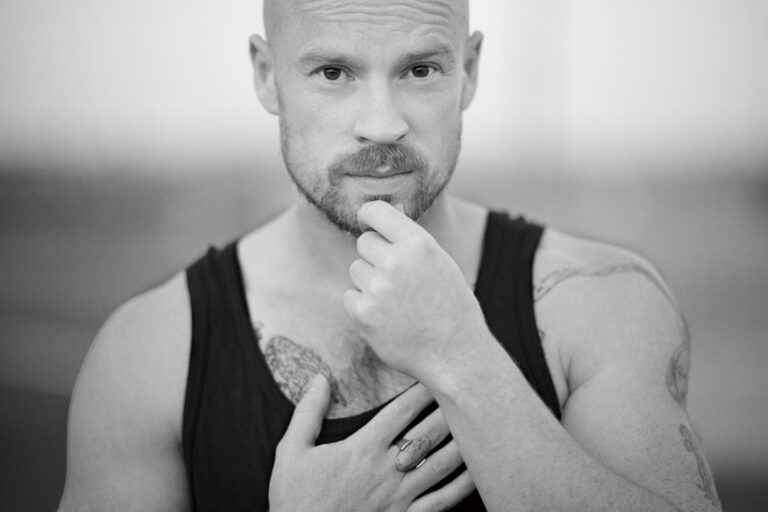One of the reasons I love doing this job is the day to day contrasts. No two days are the same. Last night we had a (very good) mainstream pop song out of Norway from a young lady who used to be a surfing instructor.
Tonight it’s the turn of a Danish creative polymath, Søren Stenager, who also finds the time to be a film, TV and advertising music composer, a photographer, and multi-instrumentalist apart from his songwriting.
He was once part of the well known Danish band Kentaur.
For his latest project, the EP ‘The Gospel of Mary’ he draws on his ability to bridge classical and rhythmic music. Incidentally ‘rhythmic music’ isn’t a term often used in the UK; it refers to the pattern of sound, silence, and emphasis in a song. It is in Denmark where there is a Rhythmic Music Conservatory in Copenhagen.
Stenager “sees” music, experiencing tones as colours and shapes, both physically and mentally. This particular knack of his, known technically as sound-colour synesthesia, or chromesthesia (Google it –ha!), is described in his press release as unique but I’ve come across several people who can do it, including one of my favourite artists, Anna Calvi, which made his EP even more enticing.
Calvi says that imagining instruments as colours makes it feel like painting, and that that red represents flesh and blood, danger, and the visceral which is why she often wears red lipstick during live performances.
Stenager also employs an unusual technique when starting work on a song; he performs a clairvoyant reading of it! No I don’t know anyone else who does that!
I was surprised to find there is a Gospel of Mary, which could mean the mother of Jesus or Mary Magdalene, although it isn’t a formal one that you’ll chance on in your next Bible Class.
Interestingly, one of more unusual interpretations of the many that exist is that the women followers in the Gospel of Mary are positive role models for the reader and they are frequently contrasted with the men who fall short of expectations. The women are shown to be fallible, as are the men, but this is implicitly forgiven.
All this makes the EP even more tantalising and I wish I had a bit more time to devote to it. As it is I selected one track as a sample, the third (of five) ‘The Garden of Earthly Delights’ (with vocals from the wonderfully named Simone September).
A big reason for doing so is that I have actually seen Hieronymus Bosch’s painting of that name close up in the Museo del Prado in Madrid. I couldn’t take my eyes of it and by the time I did the tour group had got back on the bus and headed off to the next stop, probably the Bernabéu, where Real and Barca were playing El Classico.

No-one knows for sure if it is merely a panorama of Paradise Lost or whether it is a warning against the perils of temptation.
Ergo I was expecting that uncertainty to come across in the song along with a plethora of colour.
It’s a fascinating piece of music throwing together from the off instruments and contributions as varied as (I think) maracas, an oboe, sax, synthesisers, an orchestral backing, and spoken and multi-tracked vocals.
If I had to attach a genre to it I’d opt for somewhere between R&B and jazz while it rises to a mighty voice and sax-led crescendo which speaks for that kaleidoscope of colourful images in the painting.
And yet if you take the vocals out most of it could be the background music for a television advert for Campari.
It’s perfect for any of the contemporary music programmes on BBC Radio 3 here and I hope one of them will pick it up. This is an artist that demands to be heard.
Find him on:
Website: https://www.sorenstenager.com/
Facebook: https://www.facebook.com/s.stenager
Instagram: https://www.instagram.com/soren_stenager/?hl=en
Image credit:
By Hieronymus Bosch – http://boschproject.org/dzi/00MCPVIS.dzi (downloaded with dezoomify-rs), Public Domain, https://commons.wikimedia.org/w/index.php?curid=90726084



